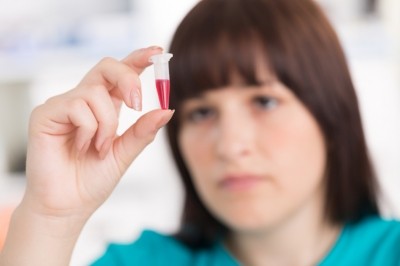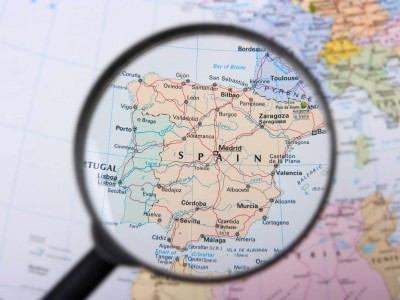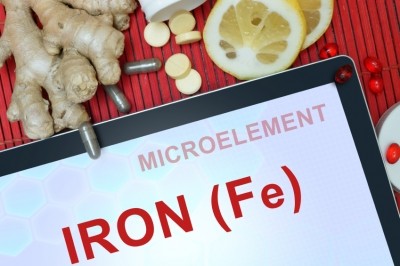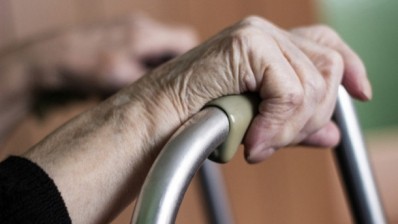Only 17% of Spanish women get enough iron: Study
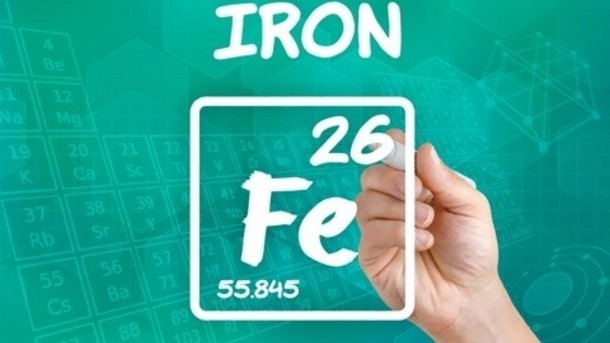
Women were found to have an average iron intake of 9.8 mg/day, while men consumed 11.3mg/day, according to a study analysing ANIBES data, and published in the journal Nutrients.
Overall the survey data suggested only 17% of Spanish women had an adequate iron intake, according to national Spanish guidelines – although this rose to 27.3% according to EFSA guidelines. For men the adequacy rates were 57.3% according to Spanish guidelines and 77.2% according to EFSA.
Higher female demands, lower female intake
“The large difference between men and women regarding prevalence of adequate intake calls for attention. Women are at high risk of iron deficiency and should be the ones to increase their iron intake. However, women’s RDI for iron are more difficult to reach (18 mg/day compared to 8 mg/day for men and postmenopausal women),” wrote the study’s authors.
The researchers used data from ANIBES, a country-wide dietary study with more than 2,000 participants, adjusted to match Spain’s demographics. Most participants use a tablet computer both photograph and note down their food consumption, including pictures of a dish before and after consumption.
In relation to iron intake, the study revealed major differences in foods consumed by men and women, as well as between adults, adolescents and children.
“The food groups with the highest mean proportional contribution to total iron intake in both males and females were firstly cereal and grain products (26.7%–27.4%) and meat and meat products (19.8%–22.7%), of which intakes were significantly higher in males (p < 0.001),” wrote the study’s authors.
“Thirdly, vegetables accounted for a 10.3%–12.4% of iron intakes, being significantly higher (p < 0.001) in females. Together, these three food groups contributed to ≥60% of iron intakes of the studied population,” they added.
Bioavailability concerns for non-meat sources
Cereals and grains were significantly more important sources of iron for children and adolescents than for adults and the elderly, while meat’s contribution was the lowest among the elderly, at 17%, and highest among males in other groups, at 23.5%.
The authors highlighted the differences in bioavailability of iron from different sources, with non-haem iron in cereals, grains, vegetables and other non-meat sources having bioavailability of just 1%.
“Haem iron in haemoglobin and myoglobin in meat, poultry, and fish usually constitutes only 10% or less of the total iron intake in European mixed diets, but the average absorption of haem iron is usually around 25% (but may vary from about 10% to 40%),” they added.
“In view of these results, nutritional policies should be created for the female population, from different public administrations, to encourage the consumption of iron-rich foods, as well as to establish nutritional education programs to teach how to promote the ingestion of iron when ingested with foods with less bioavailable iron content,” the authors wrote.
They acknowledged the conflict between health advice on eating meat, and meat’s role in providing iron.
“A number of recommendations by public health authorities designate that meat and processed meat products intake should be limited. But, in this regard, as they represent the best haem iron dietary source, a compromise should be reached,” the authors wrote.
The study was supported by a grant from Coca-Cola Iberia, in collaboration with the Spanish Nutrition Foundation. Coca-Cola did not contribute to the design, analysis or publishing of the study in any way, according to the authors.
Source: Nutrients
Published online ahead of print, doi: 10.3390/nu9030203
“Iron Intake and Dietary Sources in the Spanish Population: Findings from the ANIBES Study”
Authors: Samaniego-Vaesken, M.L.; Partearroyo, T.; Olza, J.; Aranceta-Bartrina, J.; Gil, Á.; González-Gross, M.; Ortega, R.M.; Serra-Majem, L.; Varela-Moreiras, G.
